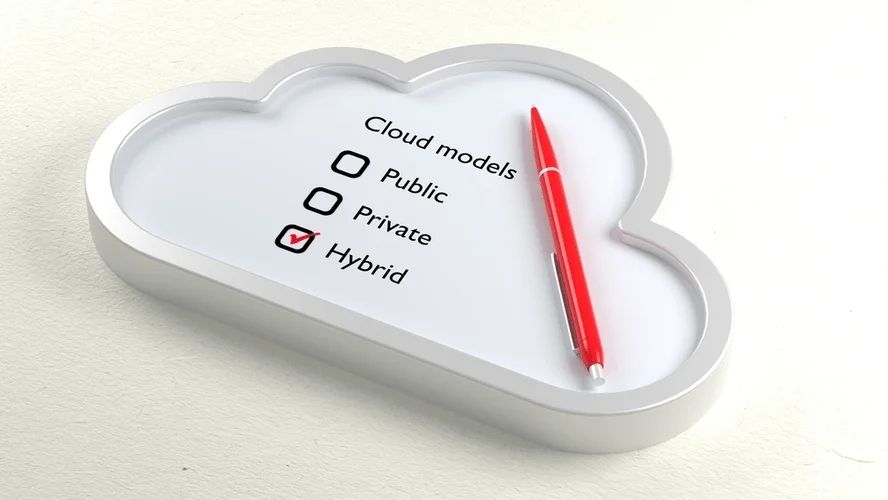When it involves the efficient programming of IoT units, the need for speed is actual. Edge computing is a expertise which enables data analyzing, storage, and utilization in edge devices. It permits collecting, aggregating, and speaking of the information along with providing intelligent logistics to provide https://exipuresale.us/2023/ optimal options. Edge computing is a form of cloud computing and is also known as micro-cloud providers, that are integrated in edge devices.
Edge Computing: Unlocking Next-level Web Efficiency
We ship hardened options that make it simpler for enterprises to work throughout platforms and environments, from the core datacenter to the network edge. Additionally, a cloud technique of running software program in containers enhances the edge computing mannequin. Containers make apps portable, permitting businesses to run them wherever they take advantage of sense. A containerization technique permits a corporation to shift apps from datacenter to edge, or vice versa, with minimal operational influence. Adopting edge computing is a high priority for many telecommunications service providers, as they transfer workloads and providers toward the network’s edge.
The Digital Twin Paradigm For Smarter Methods And Environments: The Trade Use Circumstances
They must also containerize providers, so any program can run wherever without dependencies. Gather stakeholder input to ensure the project focuses on the targets that actually matter to your business, staff, and prospects. Learn more about how Fastly helps the world’s prime brands ship the quickest on-line experiences, while improving efficiency and enhancing security. Edge computing might be a core know-how in more widespread adoption of smart grids and can help enable enterprises to higher handle their power consumption. Edge computing can only course of partial units of data which ought to be clearly defined during implementation.
What Is Edge Computing Vs Cloud Computing?

Edge reduces latency, meaning it lowers response time by doing the work near the supply as a substitute of sending it to the more distant cloud and then waiting for a response. Edge units help acquire and filter knowledge on-device or via native edge servers and transmit solely the most essential data to data facilities situated atop the core network (like the cloud and data warehouses). These edge units can embrace movement sensors, good cameras, sensible thermometers, robots, drones and other IoT sensors. Cloud computing is being pushed to its limits by the wants of the providers and applications it supports, from data storage and processing to system responsiveness. In many cases, more bandwidth or computing energy isn’t enough to deliver on the requirements to course of information from connected units extra quickly and generate quick insights and action in close to real-time.
Unlocking The Full Potential Of Edge Computing For Modern Businesses
Unlike traditional enterprise computing, the place data is produced at the client’s end or the user’s pc, edge computing provides a better different to maneuver away from managing complex data to close proximity of the original knowledge source. While cloud computing has been a game-changer for IT services, offering scalable assets and global accessibility, edge computing is emerging as a complementary strategy that addresses some limitations of the cloud. In cloud computing, knowledge is distributed to distant servers for processing after which returned to the source. This round-trip journey usually results in latency points, which may be problematic for functions requiring real-time response.

Main With Edge: The Means To Reinvent With Knowledge And Ai
The Nippon Telegraph and Telephone Public Corporation (NTT) has developed the NTT net browser which can offload a half of the workload of the gadgets to the edge servers. The processing is finished by the edge servers, liberating the system of the duty, thus lowering latency. The content is displayed at a much quicker price than through a regular web browser. An ideal scenario for edge computing deployment could be in circumstances the place IoT gadgets have poor community connectivity and also as it is not very efficient for IoT devices to be all the time linked to the cloud. Edge computing can be utilized in areas such as monetary services and manufacturing, which are sensitive to latency.
- Telecoms have been and will doubtless proceed to be one of the most distinguished beneficiaries and providers of edge computing.
- Some processes require real-time processing to carry out their most simple features.
- Healthcare startup Innocens BV identifies infants at threat of growing sepsis with predictive edge computing.
- Gather stakeholder input to ensure the project focuses on the targets that truly matter to your corporation, staff, and customers.
- Further, a telecom can set up a distributed cloud that hyperlinks a series of on-premises servers designed to help complex edge computing setups.
Red Hat OpenStack Services on OpenShift®, with distributed compute nodes, supports probably the most difficult digital machine workloads, like community functions virtualization (NFV), and high-performance computing (HPC) workloads. It’s a reliable and scalable Infrastructure-as-a-Service (IaaS) resolution that includes industry-standard APIs with exhausting multitenancy. Make it simpler to place your compute power closer to the info supply with this constant, centralized administration solution for your core datacenters and increasing to the edge. Automating edge workloads can simplify IT tasks, lower operational expenses, and ship smoother buyer experiences across highly distributed edge architectures. Red Hat® Ansible® Automation Platform scales automation to the edge and supplies the flexibility to meet the usually restricted bodily space and power necessities of edge deployments. It presents a single, consistent view—from edge areas to core datacenters and cloud environments—that allows operations teams to reliably handle tons of to hundreds of internet sites, network units, and clusters.

The way forward for edge computing looks promising and is poised to reshape numerous industries further. As expertise continues to evolve, we can anticipate the development of more sophisticated edge gadgets able to handling complicated computation duties regionally. One anticipated advancement is the creation of micro modular knowledge centers that may improve processing power at the edge. The transformative potential of edge computing is being realized across a extensive range of industries, driving innovation and facilitating real-time decision-making. In the realm of autonomous vehicles, for example, edge computing helps real-time data processing that’s crucial for safety and navigation decisions. The healthcare sector leverages edge computing to supply instant notifications and protect patient privacy by maintaining sensitive health info on native gadgets.

As there is a realization that every sort of edge knowledge contains some useful and usable knowledge, edge information processing features prominence. Data value goes down when time elapses and therefore information has to be processed immediately so as to extract time-sensitive business worth. Cloud computing is quite centralized whereas edge computing is a distributed mannequin.

This helps to protect data from unauthorized access, cyber-attacks, and other safety breaches. Edge computing improves information safety by reducing the quantity of data transmitted and processed in the cloud, maintaining sensitive knowledge on consumer units, and decreasing the risk of data compromise. With Edge computing, data is saved and processed on the system, eliminating the need to switch it to the cloud.
Usually, cloud computing is good when an individual or group doesn’t have much computing power. Rather than put money into servers or computers, the necessary sources may be outsourced to the cloud. Edge computing primarily resides in an IoT surroundings, where information is saved at a distant location distant from the central knowledge server.
Edge computing is used in varied functions, such as IoT devices, autonomous vehicles, industrial automation, and even in guaranteeing employee safety at construction sites. It’s all about processing information nearer to the place it is needed for faster and more efficient decision-making. Since edge computing is a distributed system, making certain adequate security may be challenging. The addition of new IoT units also can increase the opportunity for the attackers to infiltrate the gadget. They provide the identical parts as traditional information centers but can be deployed locally near the data supply.
Data from numerous edge computing devices may be consolidated within the cloud for extra extensive processing and evaluation. Edge computing is a distributed computing architecture that differs from the normal centralized computing model. The edge refers back to the physical location of computing resources near or at a network’s endpoints. Edge computing goals to cut back latency and enhance performance for both cloud-based functions and IoT gadgets.